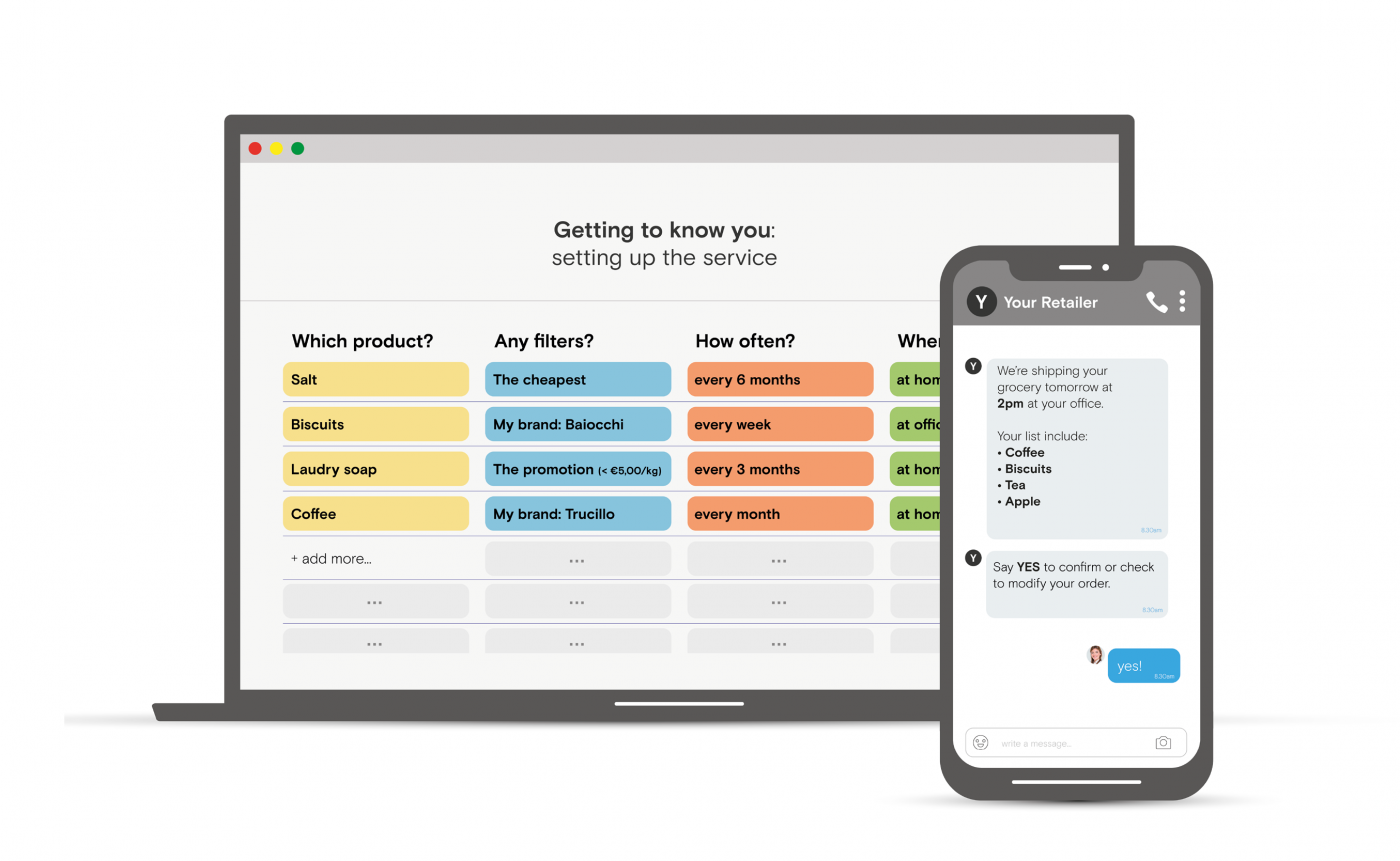We have been discussing how brands should behave in the digital switch. We are now moving on to talk about the other main aspect involving the increase in online shopping: the retail world, commercialising brand products, that is the “box” leading our purchase choices.
Until today, offline retail has played a key role in defining the customer’s purchase experience, especially in its first stages: awareness, testing, search and selection of the product. Today these phases are happening on digital platforms. How can we re-think them related to the purchase behaviours we assume? How can we make them attractive, different from a simple search engine or customised advice? How can we imagine the future digital shelf, able to catch the customer’s attention and to respond effectively to different needs?
An answer to these questions emerges from the results of qualitative research we conducted interviewing a selected sample of people from Paris, Milan and San Francisco, investigating their purchase habits: by doing so, we found 5 purchase behaviours that characterise us as customers, depending on our shopping habits and on the item purchased. We have therefore imagined a possible digital solution for each purchase behaviour that can make every customer’s journey relevant to every need.

It’s the typical behaviour of consumers that meticulously read every information label on every product they handle, comparing features, to understand which product best fits their specific needs. The amount of time and money are not drivers for the choice, instead it is specific information and the possibility to compare many products in a simple way. In this case a “product comparator” on the e-commerce platform is the ideal tool for this kind of consumer, to be applied to specific products suitable for comparisons (i.e. not salt or sugar).
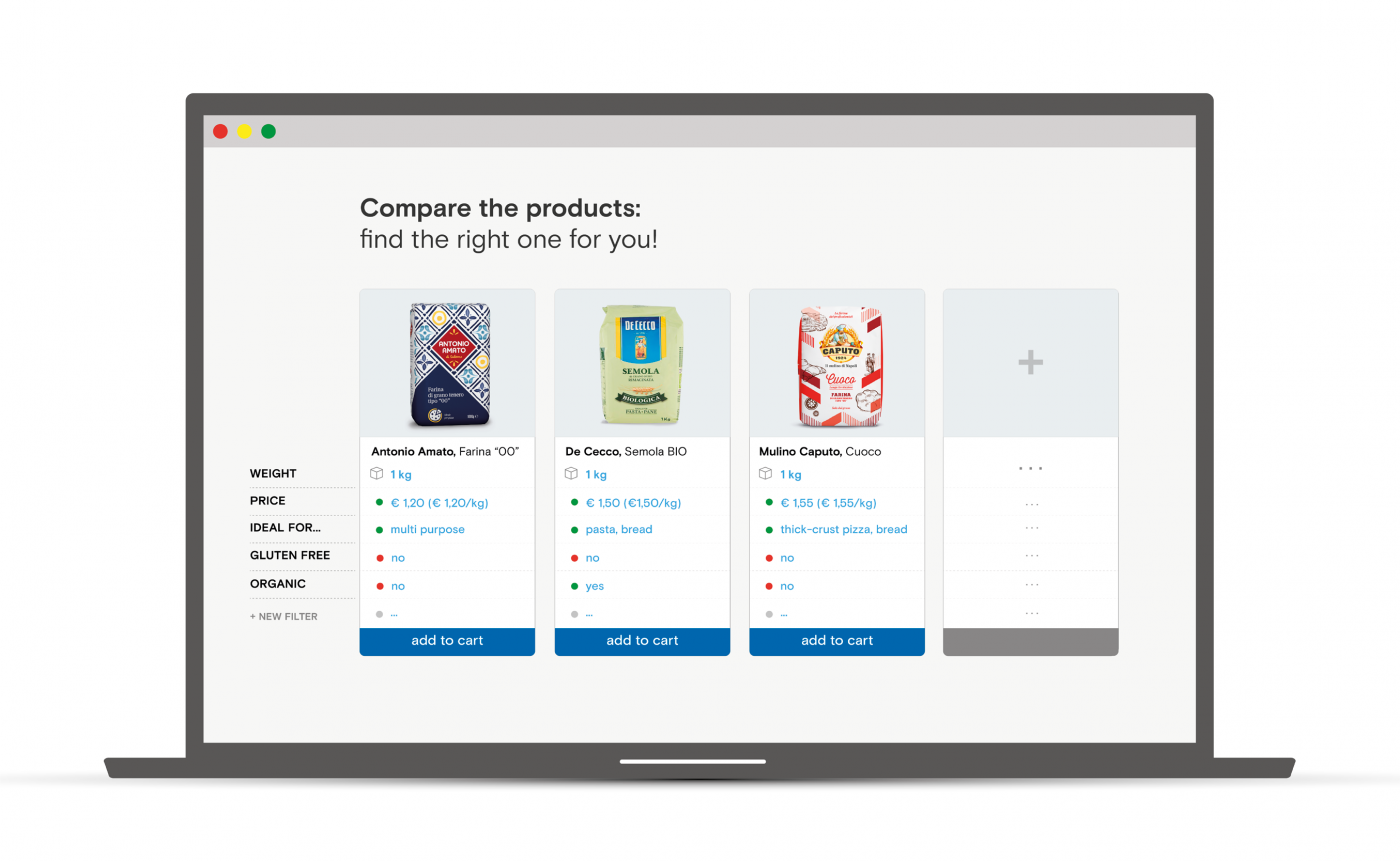

It’s the purchase behaviour of people who are enchanted by aesthetically appealing and innovative products, with shapes, visuals and design that deserve to be posted on Instagram. There is no loyalty to brands, but a continuous search and experimentation of new products that from time to time seem attractive to the customer’s eyes, generating compulsive purchases. An e-commerce platform that is relevant for this purchase behaviour should have a dedicated section that really concentrates on the visual content that could surprise and satisfy the aesthetic search. This can be developed by accurately selecting the best products available in store. These pictures should be taken in detail, mainly about objects in their actual context of use, thus capturing customer’s attention much more than the small standardised images, on a white background, which are typical of e-commerce catalogues. 21 Buttons is an example, in the fashion field, of how products can be visualised in a catchy way and how influencers and models can also be involved in this kind of product presentation.

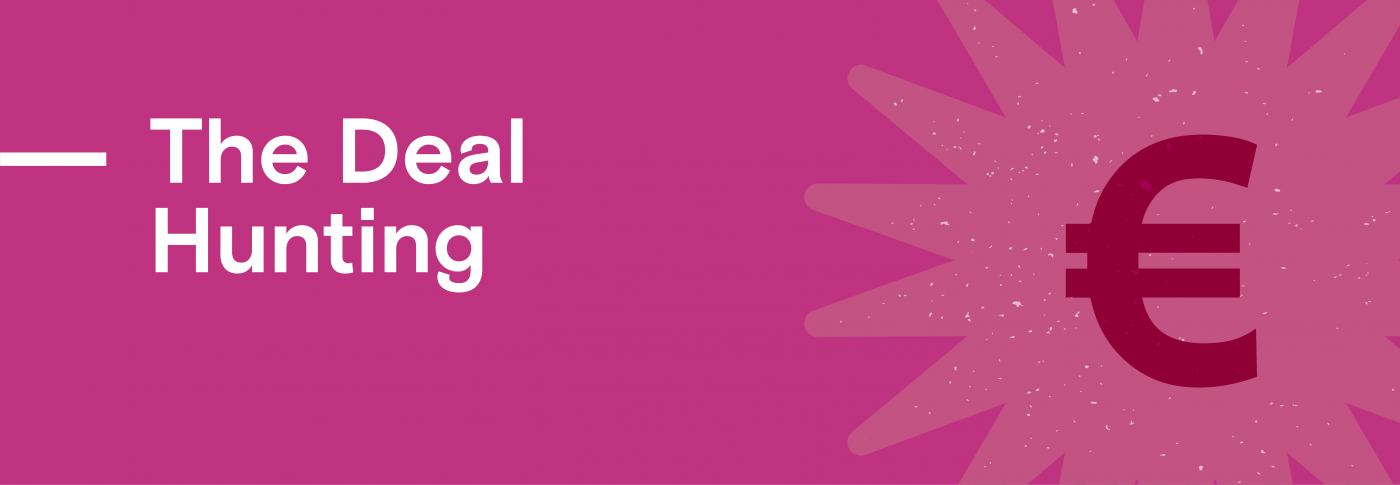
It’s a purchase behaviour clearly related to the price as a fundamental driver of every purchase. It’s not about the cheapest price but about the deal you are getting. We are talking here about the real pleasure experienced by those who know they have bought something at a lower price than what is perceived as the “true value”. So why not equip the e-commerce platforms with a configurator that collects the purchase data, and through a path of choice guided by simple questions, proposes to the user the best in-store deals available? This system could be based on a choice linked to the consumption opportunities rather than on the concept of the shopping list: do you have to make dinner for four people, with fish, on a shoestring budget? The system is able to offer you a basket of suitable products at a super-affordable price. The Nordstrom Gifting app, for example, helps users to find beautiful and surprising gifts at the best price, conversing with a chatbot that uses artificial intelligence.

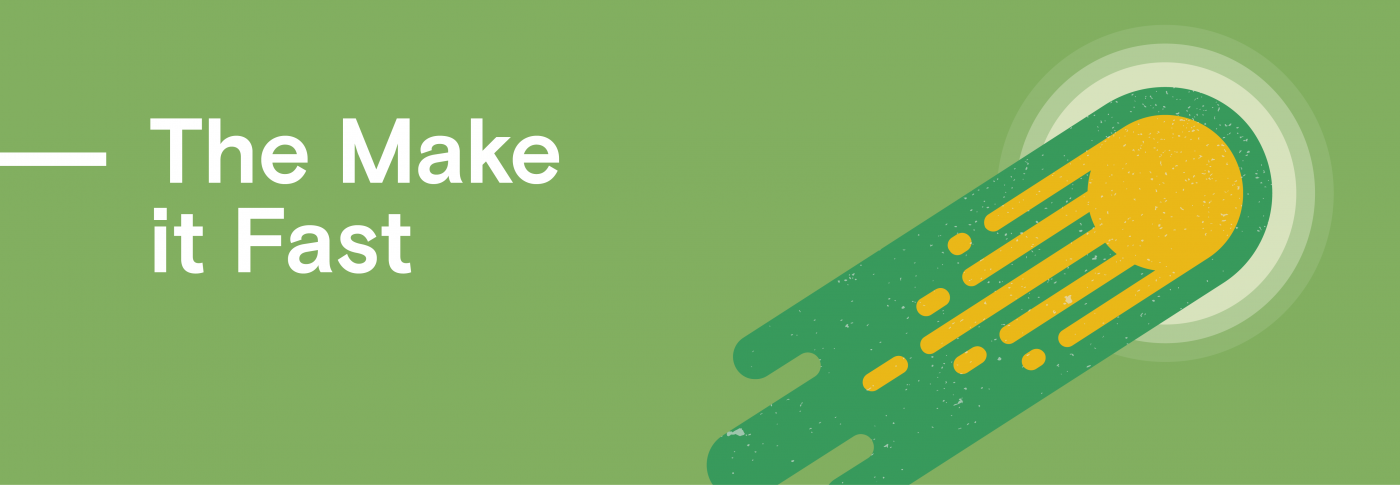
The key decision driver is the time, or rather the small amount of time, that you want to dedicate to grocery shopping. How can you minimise the time and energy spent on an activity that is considered boring or even unnerving? If the price does not matter, the brand does not count and the product details are not relevant. The ideal solution for a platform that wants to meet this need is to provide a shortcut to purchase by totally removing the selection phase, providing a grocery subscription. Through an initial profiling of the user basing on important information, a connection with their calendar and a machine learning approach, the platform is able to model products and frequency, with no involvement on the user’s side. Consumers will be able to easily provide feedback and suggestions, when and if they decide to. There is a similar example in the travel world: it is Anywhr, which provides a complete tour operator service, upon subscription, taking away any kind of thought related to the organisation of a trip. You provide the dates, Anywhr decides the destination and organises accommodation, transfers and visits. Clearly, for these solutions to be successful, the initial profiling phase is crucial where the user declare his tastes and preferences, intolerances or general restrictions, so that the system can provide a fast and simple service, which is truly satisfying for the user.
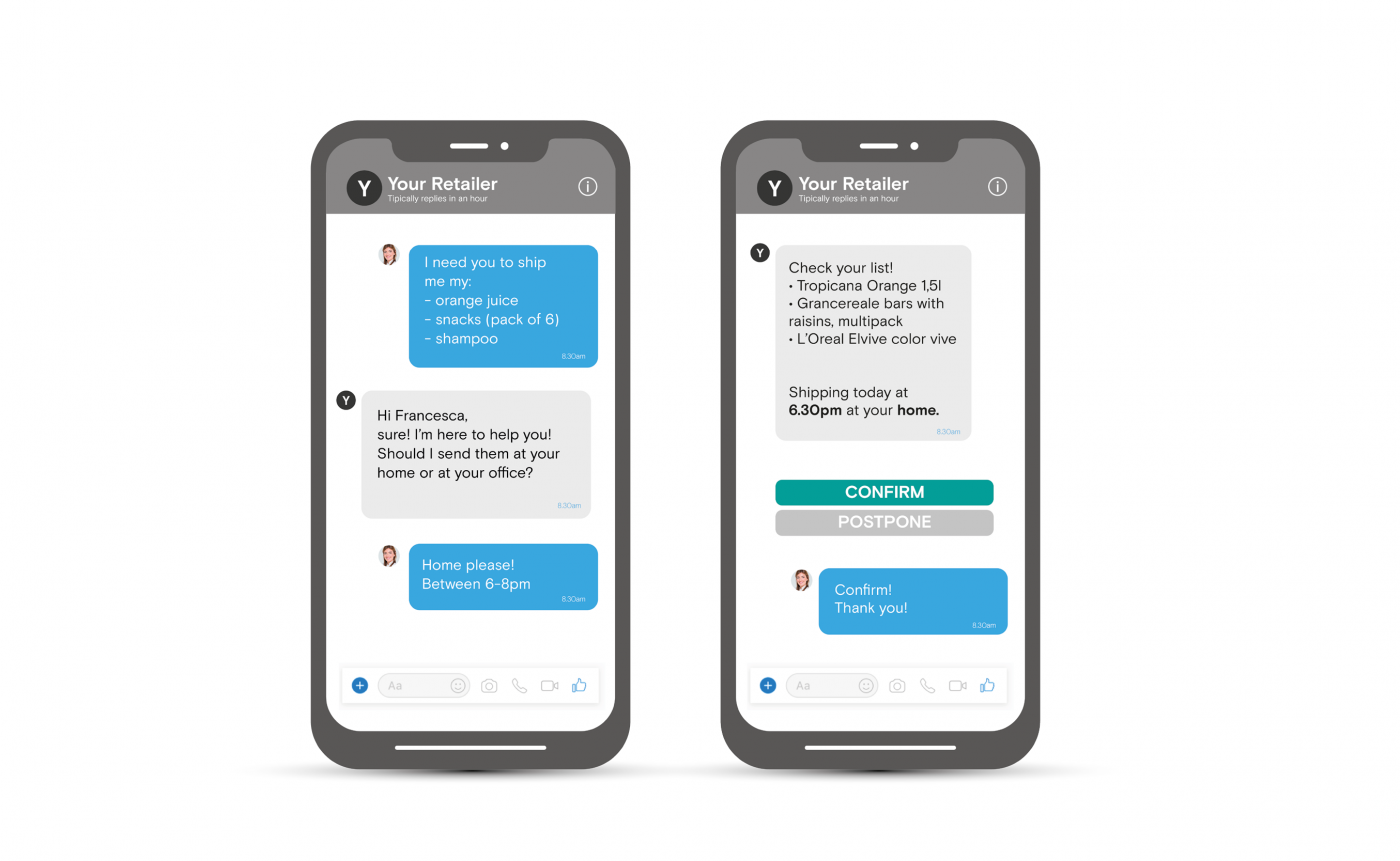

It’s the purchase behaviour that focuses on the brands, the ones to which we are attached. It’s a kind of purchase that finds in the brand a certainty, a reliability and also a certain dose of affection for everyday products. To be relevant in a scenario where the choice of the product has already been taken by definition (the choice of the brand is already done), it may be interesting to reduce the effort and the timing of re-purchase of the desired product to the minimum. For example, online shopping platforms could develop a service based on an initial profiling process in which the users indicate their favourite brands. Once this is done, all the shoppers have to do is to upload a shopping list, or send it by WhatsApp, and the platform will take care of shopping for them, making them skip the search phase and optimising consumer’s time. Also, with its Dash button, Amazon has devised a system to make reordering your favourite brands extremely easy.
